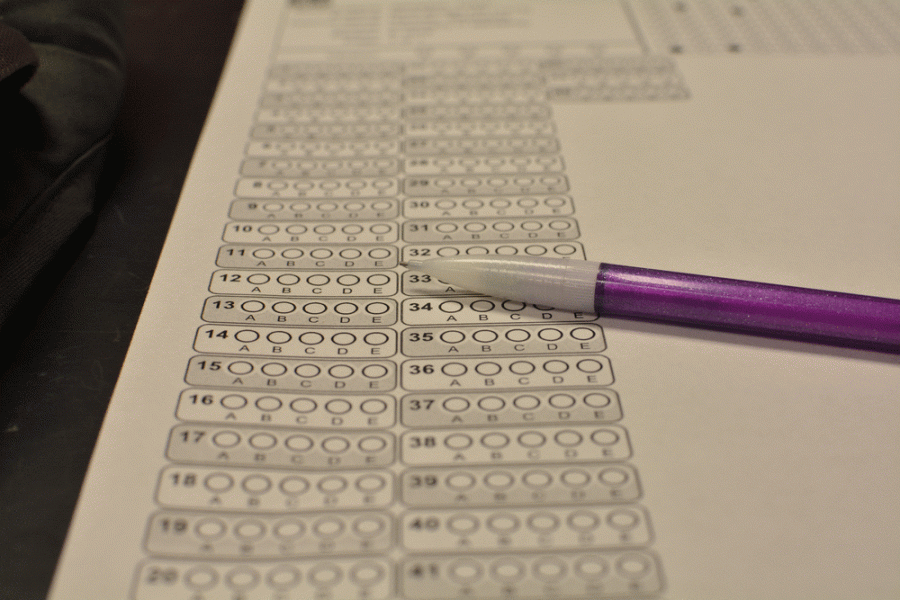Tuesday sophomores took the new PreACT, a replacement to the American College Testing (ACT) Aspire test.
The switch to the PreACT was made because of CPS’ dissatisfaction with Aspire, RBHS guidance counselor Betsy Jones said.
“The PreACT replaced Aspire this year for a few reasons,” Jones said. “The Aspire test and its administration was expensive, and the test results were not comparable to the ACT.”
Some RBHS students share this negative attitude toward the Aspire test. Senior Laith Almashharawi remembers the Aspire test as poor preparation for the ACT test.
“While I appreciate that the school was at least trying to prepare students for the ACT, the Aspire could’ve been better,” Almashhawari said. “A few months [after taking the test], we got a packet that predicted how well we’d do on the ACT. It was confusing and seemed a bit haphazard.”
The Aspire test appeared random and without explanation to some students and, subsequently, had little importance to them, Almashhawari said. Almashhawari believes that by having a more direct relationship to the ACT, the PreACT can accomplish a lot more.
Jones hopes the PreACT will be a better indication of how a student will do on the ACT. The PreACT will feature several differences from the Aspire test, Jones said.
“The PreACT is paper and pencil this year whereas the Aspire test was online,” Jones said. “Aside from this, PreACT is a shorter test, and its grading is similar to the ACT’s 1-36 scale.”
This similarity to the ACT is clear for sophomore Hope Keithahn, who had previously taken the ACT. Keithahn felt the PreACT had several parallels to the actual ACT test.
The practice test took approximately the same amount of time to take as the ACT, allowing for an even better “simulation” of the real test, Keithahn said. Extended Educational Experiences (EEE) teacher Gwen Struchtemeyer anticipates the sameness the practice test holds to the ACT will make it as effective as possible.
“The biggest problem with Aspire was it was administered through a computer,” Struchtemeyer said. “The PreACT this year will be taken with paper and pencil, just like the actual ACT. This puts students at a great advantage because they can write out their thought processes.”
Keithahn felt the PreACT’s paper and pencil style of testing was beneficial to her while taking the math portion of the test. Almashhawari, similarly, recalled preferring the paper and pencil testing style.
“Another problem I had [with the Aspire test] was that it was done on a computer,” Almashhawari said. “For me, doing an ACT style test on computer versus paper is completely different. In terms of accuracy, I was always wary about whether or not the Aspire results were of any use, because personally, I thought I’d do better on a paper and pencil version.”
Almasshwari, Keithahn and Struchtemeyer all believe the familiar paper and pencil testing will help prepare sophomores for the ACT better than a computer based test would be able to. This preparation of students for the ACT test is the main goal behind the PreACT, Struchtemeyer said.
“A lot of the ACT is a psychological game,” Struchtemeyer said. “The more we can prepare students for the real thing through practice exams like the PreACT, the more successful those students will be.”













































































